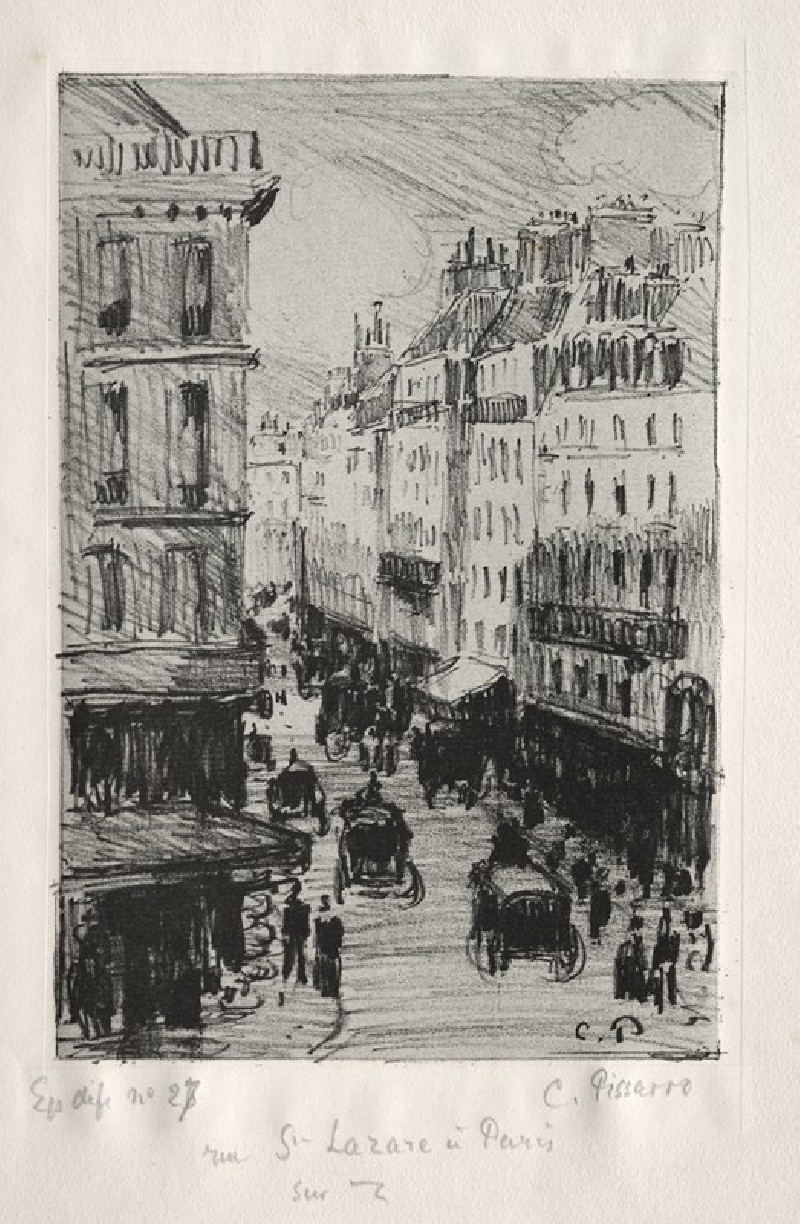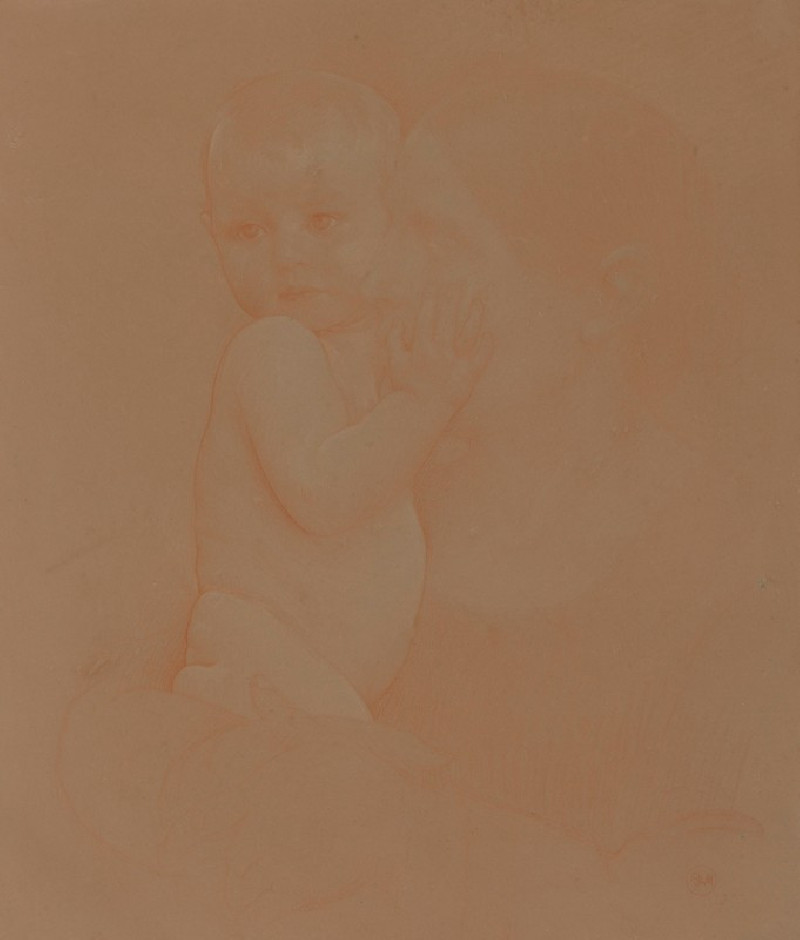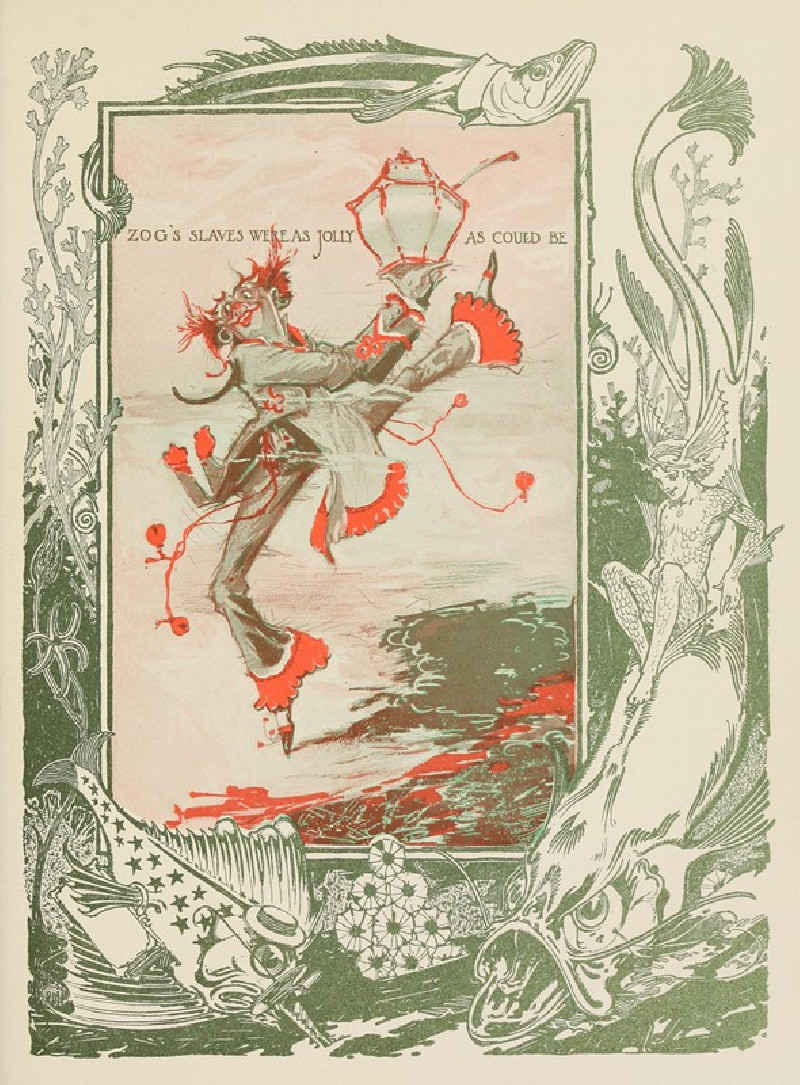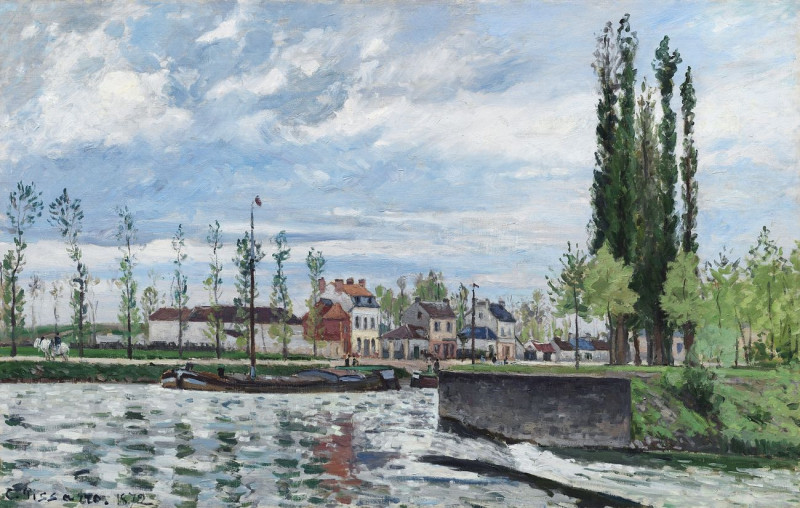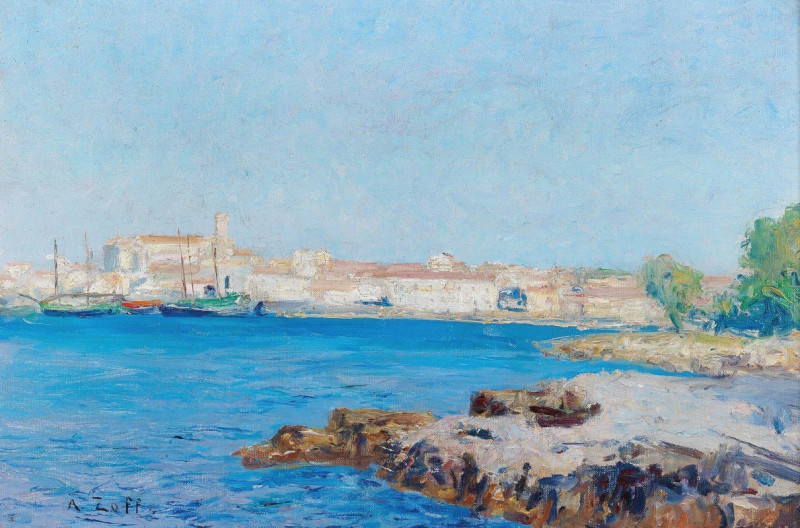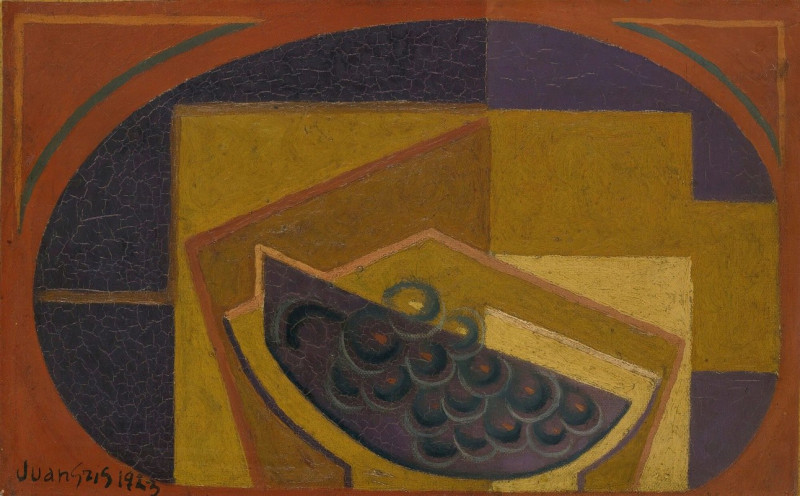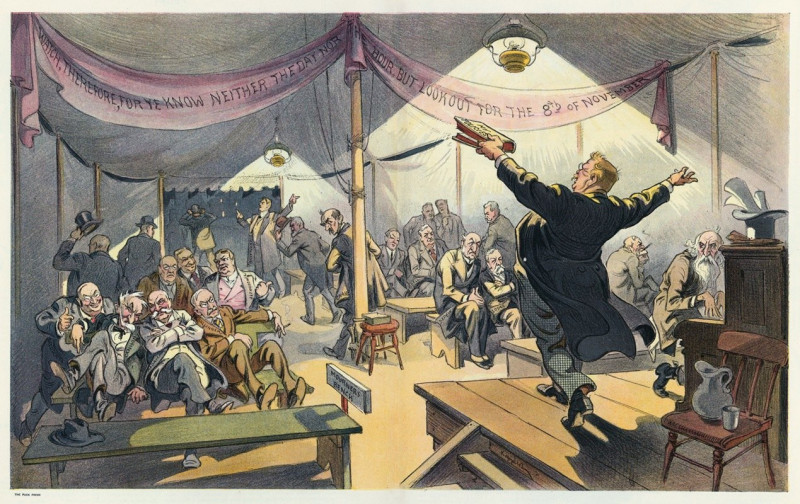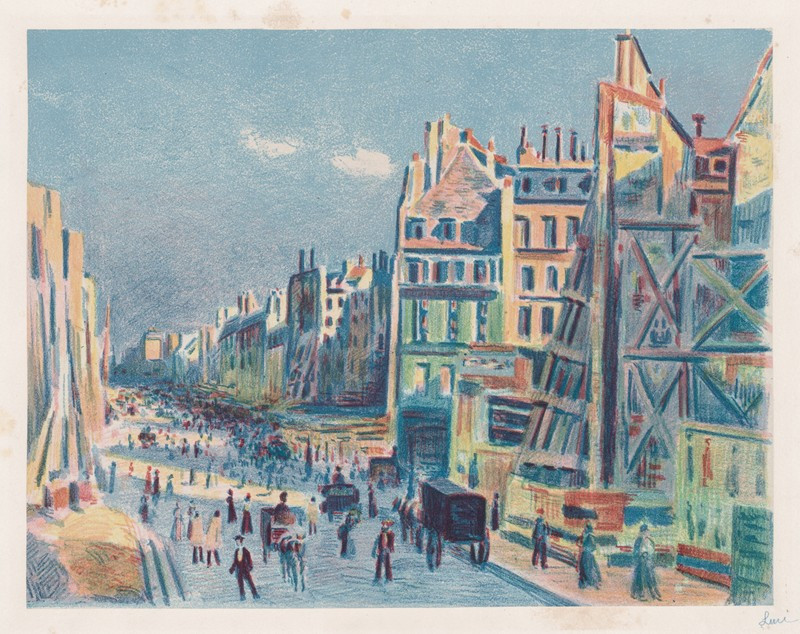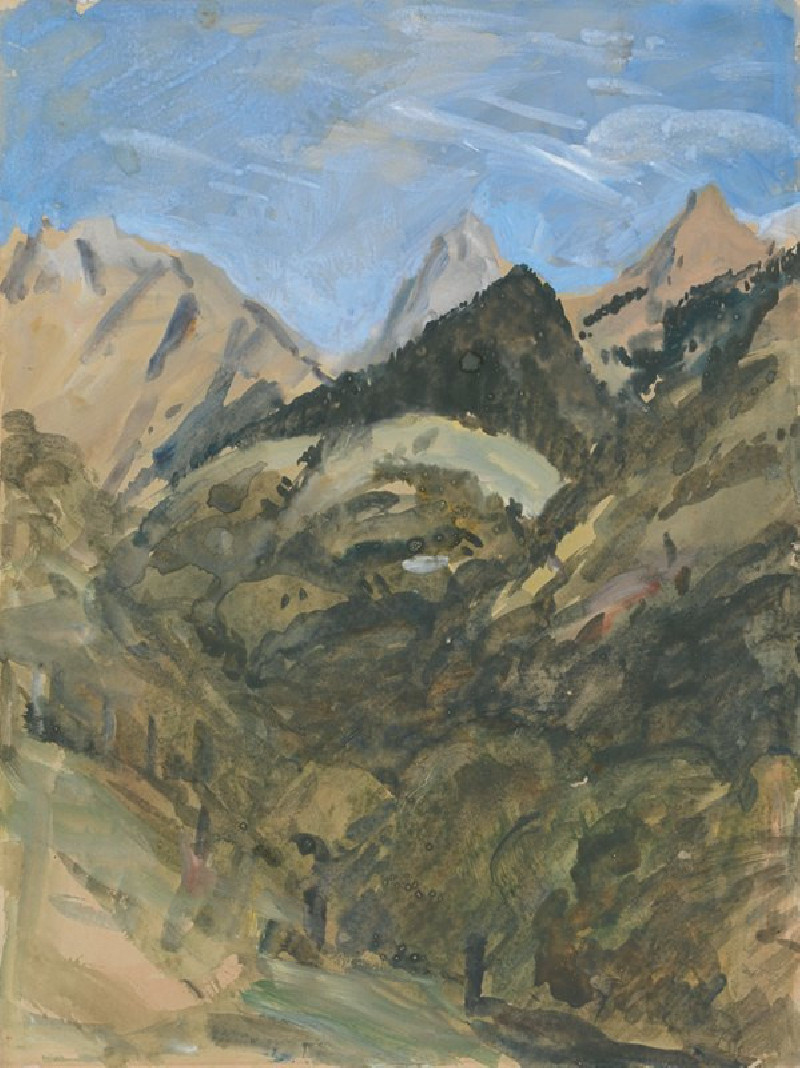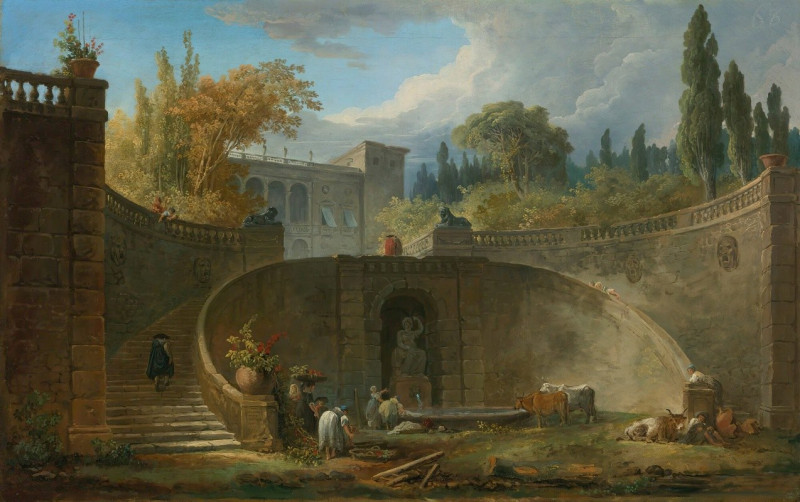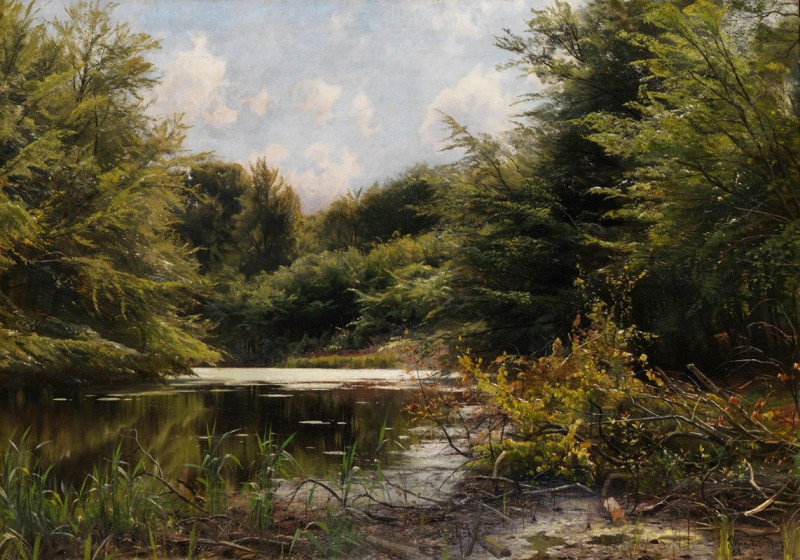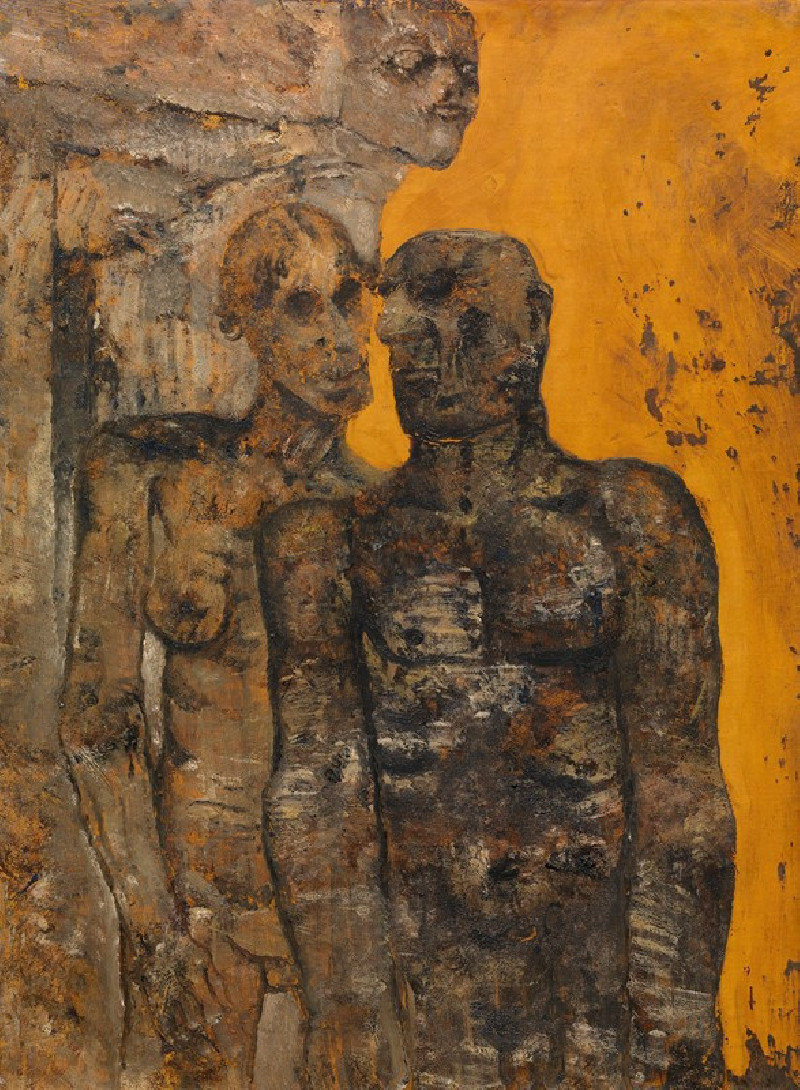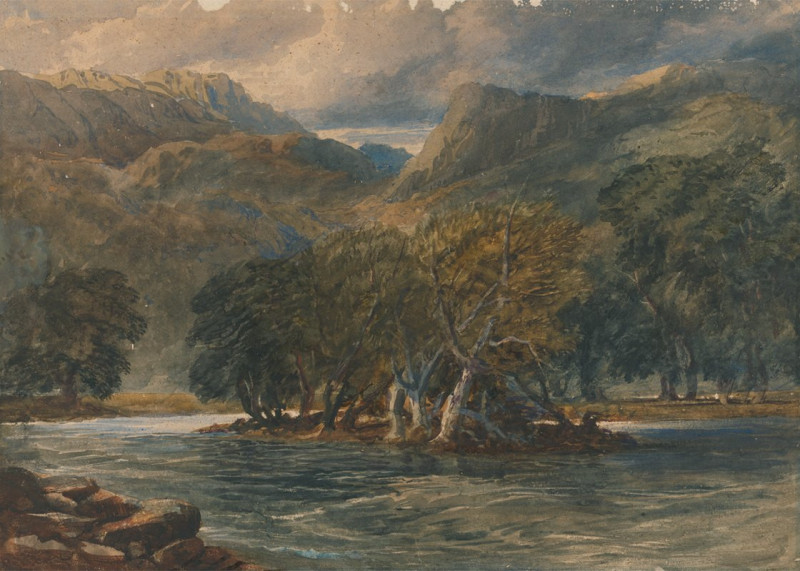Rue Saint-Lazare, Paris (1897)
Technique: Giclée quality print
Recommended by our customers
More about this artwork
Camille Pissarro's etching "Rue Saint-Lazare, Paris," created in 1897, vividly captures a bustling Parisian street at the turn of the century. Known for his contributions to the Impressionist movement, Pissarro's work often focuses on urban and rural settings, exploring the dynamic interactions between light, shadow, and daily life.In this piece, Pissarro skillfully employs loose, expressive lines to depict the lively activity of Rue Saint-Lazare. The scene is lively, with carriages rolling down the street, people bustling along the sidewalks, and shops lining the thoroughfare, suggesting the rhythm and energy of Parisian life. The buildings flank the scene with detailed facades that draw the viewer's eyes along the avenue, leading them deeper into the heart of the cityscape.The artwork resonates with an atmosphere of immediacy and spontaneity, characteristics that are signature to Pissarro's style. The monochromatic palette enhances the play of light and shadow, creating a sense of depth and volume among the tightly packed structures and figures."Rue Saint-Lazare, Paris" not only offers a glimpse into the urban pulse of 19th-century Paris but also showcases Pissarro's mastery of etching, a technique that allowed him to experiment with texture and tonal variations.
Delivery
Returns
Blessed are they who see beautiful things in humble places where other people see nothing. — Camille Pissarro
Camille Pissarro (1830-1903) was born on St.Thomas (now the US Virgin Islands) to a Portuguese father and a Dominican mother. He went to Paris to study art at Ecole des Beaux-Arts. He was an early pioneer of pointillism and neo-impressionism and later became a mentor of many famous impressionist painters including Cezanne, Manet, Renoir, and Gauguin. His paintings depicted rural and urban French landscapes and lifestyle. Many of his works politically captured images of peasants and laborers. Today, he is considered the father of impressionism.

